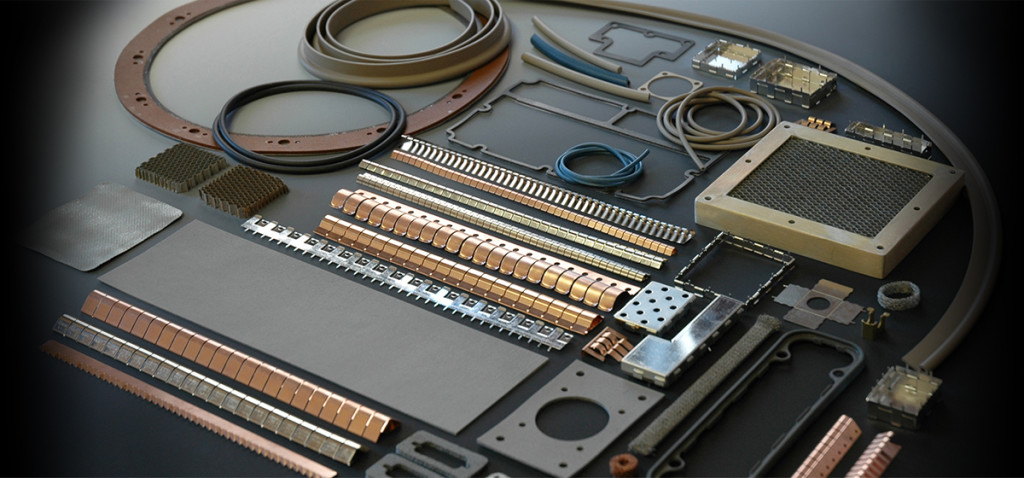Electromagnetic interference (EMI) is the undesirable disturbance that occurs when any electronic device operates. These disruptions are caused by electromagnetic waves or radiations that affect the normal operation of your electrical devices. EMI can affect your device’s performance and even make it inoperable. It can disrupt a conversation on your mobile phone, and can have more serious effects on applications used in the transportation industry. Even a short interference or disruption in the avionics system of an airplane can be perilous. Again, electronic device manufacturers should abide by the global and regional regulations to stop electromagnetic interference. Here are five of the new electromagnetic interference shielding methods that you should know about.
- Metal Enclosures
Manufacturers of electrical devices normally use metal casings to offer protection against EMI. Enclosures designed from materials like nickel, steel or nickel-iron alloys offer a comparatively wide and conductive boundary around the device. This protective boundary absorbs and reflects the unwanted signals. Though metal enclosures help in minimizing interference, they are pretty heavier for most electrical devices.
- Thermoplastics
Electronic device manufacturers are now looking for lighter shielding materials such as thermoplastic enclosures. These materials can be produced quickly and easily. As far as metal casings are concerned, the shape of the enclosures needs to be stamped which is both a time-consuming and expensive process. You’ll also have problems in creating intricate shapes if you are using them. Thermoplastics, on the contrary, can be injection-molded to design complex shapes. The dual combination of high throughput and lightweight design makes thermoplastics more cost-effective than metal shielding.
- Conductive Coatings
Device manufacturers use thick, conductive coatings as an alternative to metal casings. Many are opting for materials that are sprayed onto a thermoplastic enclosure. Thermoplastic or thermosetting resin like epoxy and polymethylmethacrylate are used as coatings for EMI shielding. They are filled with metallic particles like nickel, silver-copper, copper, silver or any other hybrid combinations. Though conductive coatings are ideal for shielding purposes, their high densities can affect flexibility, adhesion, cost and weight.
- Electroless Plating
It’s a multi-step chemical and exhaustive process that helps in the deposition of a pure metal coating onto the plastic enclosure. Though this method provides high level of shielding effectiveness owing to its unadulterated metal coating, the process is not eco-friendly. Moreover, it’s also labor-intensive, time consuming and expensive.
- Epoxy Coatings
Manufacturers of electronic devices have been long looking for a conductive coating process for thermoplastics that offer maximum shielding effectiveness, but without the environmental safety and cost issues present in the electroless plating process.
To make EMI shielding more effective, electrical device manufacturers are now resorting to epoxy coatings. These coatings are extremely conductive and comprise a unique combination of curative and conductive fillers and resin. They have self-assembling ability to form a unique structure during the process of curing. Epoxy coatings are not only highly conductive, but are also polymeric in nature, making it lightweight, and provides maximum protection against EMI. When it comes to the self-assembling coatings, they provide more than 85 dB of shielding at 25 micron thickness, and that too over wide frequency ranges. Since epoxy coatings are polymeric in nature, they have more flexibility and adhesion. They are also extremely resistant to humidity, salty environments and high temperature to which electrical appliances are frequently exposed.
Epoxy coatings are principally polymer and behave like a metal. They can be used in a wide range of industrial applications, and result in 50 percent or more cost savings compared to electroless plating.
Opt for an electromagnetic interference shielding material that is effective, lightweight and highly conductive. Consult with an EMI/RFI shielding product manufacturer to understand your needs.




